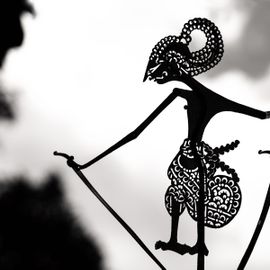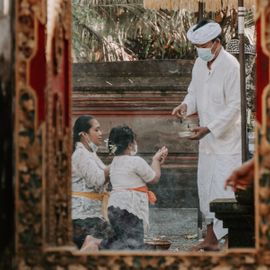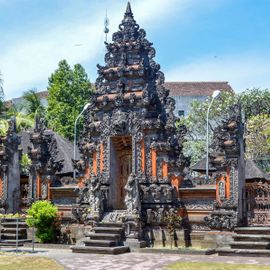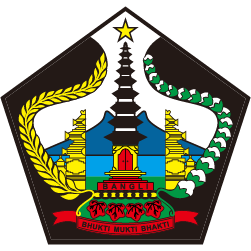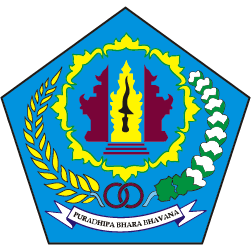The History Of The Oldest Puppet In Indonesia, Wayang Beber
The History Of The Oldest Puppet In Indonesia, Wayang Beber.
The island of Bali is not only famous for its natural exoticism. But it is also famous for its interesting culture and art. In addition to the beauty of nature, aspects of culture and art are also supporting factors that attract tourists to come to Bali. Well, in Bali there is one type of art that has been passed down from generation to generation and still survives until now. It's called Wayang Beber.
History of Wayang Beber
Wayang Beber is the oldest puppet in Indonesia. Why is it called Wayang Beber? Because it is adjusted by how to play it. This puppet is played by revealing or unfolding a screen or paper in the form of an image. After that, the puppeteer will elaborate on the story of the play through the picture on the paper or screen. In addition to Bali, Wayang Beber is also found in Java. But the difference lies in the side of the story. Wayang Beber on Java performed stories during the period of the Kingdom of Kediri and Majapahit. While the story in Balinese Wayang Beber tells about mythology, marriage, religion, and tradition.
Because it is classified as the oldest puppet, of course this puppet has many historical stories. Beginning in 1223 AD during the Jenggala Kingdom, Wayang Beber was drawn on palm leaves. After that in 1244 AD, Beber Puppets began to be drawn on paper made of wood with the addition of various ornaments. This coincided with the transfer of the Jenggala Royal Palace to Pajajaran in West Java. The paper is called Dlancang Gedog with a yellowish color. At this time, Wayang Beber is still called Wayang Purwa with black and white coloring. Continue in 1316 AD during the era of the Majapahit Kingdom led by Jaka Susuruh, puppet paper began to be fitted with wooden sticks at each end. This stick makes winding and storage easier. More comfortable to hold, open and display when performing. At this time, the name Puppet Beber began to be used.
But, the Wayang Beber trip is not always smooth. Around 1518 AD, during the heyday of the Demak Sultanate, Wayang Beber changed. At this time the teachings of Islam began to spread in the archipelago. Because it is considered to be incompatible with Islamic jurisprudence, the Wayang Beber is rarely displayed. It took a century later for Wayang Beber to be re-present in the community. In 1690 AD, this puppet was created again during the Kingdom of Kartasura, led by Mangkurat II. And since then, Wayang Beber has continued to grow until now.
In today's modern era, the stories played by puppeteers in Wayang Beber have many themes about people's lives in the fields of politics, government, economics, development, and socio-culture. This is more adapted to changing times. If you are interested in watching this show, you can come to the arts center in Ubud. At a certain time, the performance of Wayan Beber will be held and you can witness first hand the ancestral art heritage.
